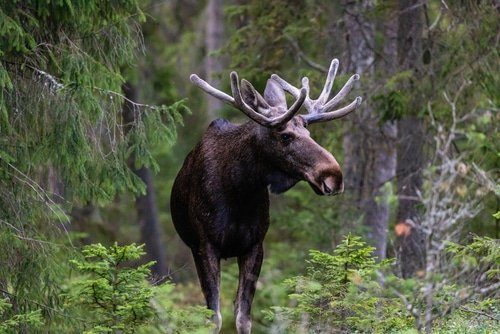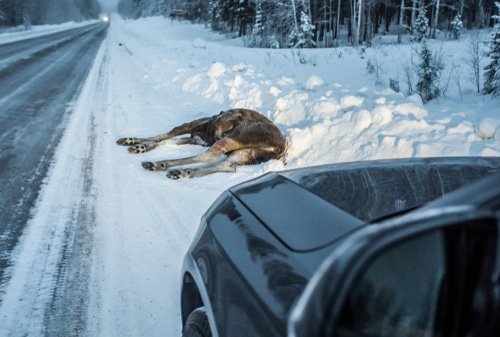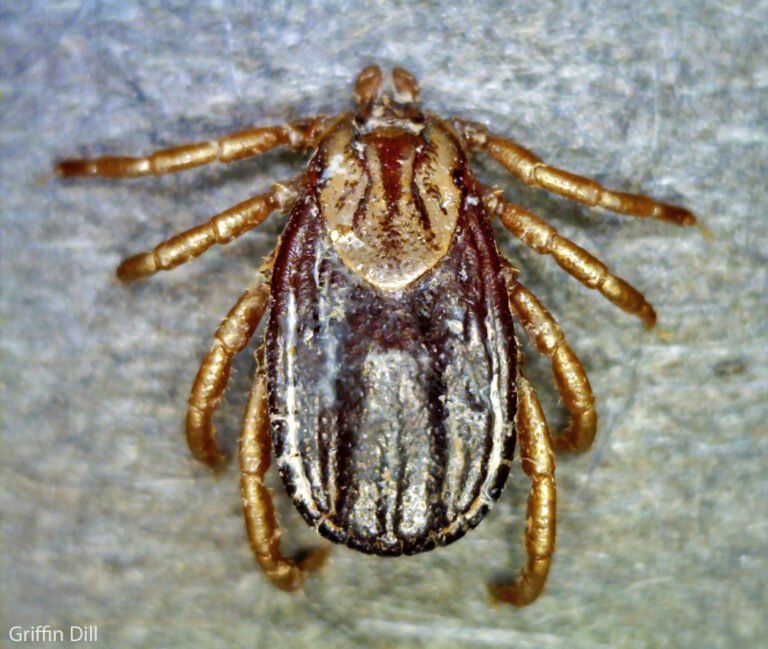When we talk about moose habitat and range, we refer to the specific environment in which these majestic creatures thrive. It encompasses the geographical areas where moose can be found and the various elements necessary for survival and reproduction.
A moose habitat typically includes food availability, water sources, shelter, and suitable terrain. Understanding the intricacies of moose habitat is crucial for their conservation and ensuring their long-term existence in the wild.
Understanding Moose Range
Comprehending the range of moose populations is essential for several reasons. Firstly, it aids in tracking population dynamics and monitoring any changes that might occur over time. By studying the distribution patterns of moose across different regions, wildlife experts can gain insights into factors affecting their abundance or decline.
Furthermore, understanding the moose range provides valuable information for land management practices and conservation efforts. This knowledge helps establish protected areas and implement measures to preserve critical habitats vital for sustaining healthy populations of these magnificent creatures.
By comprehending where moose roam within their range, researchers can make informed decisions to mitigate human-wildlife conflicts and ensure coexistence with local communities. An accurate understanding of moose habitat requirements and their expansive range is vital for effective conservation strategies to preserve these remarkable animals’ future while promoting harmonious relationships between humans and wildlife.
Moose Habitat Characteristics
Geographic distribution of moose habitats worldwide
Regarding the global distribution of moose habitats, these magnificent creatures can be found in various parts of the world. Moose are not just limited to one region; they have established their presence in diverse landscapes.
From the dense forests of North America to the vast wildernesses of Scandinavia and Russia, moose have adapted and thrived in a wide range of environments. Their habitats extend across continents, including Europe, Asia, and North America, making them a remarkable species with a global footprint.
Preferred habitat types for moose
Moose aren’t picky eaters when choosing their preferred habitat types. However, they tend to gravitate towards specific environments that provide ample food sources and suitable shelter.
Among their top choices are boreal forests and taiga regions. These sprawling woodlands offer an abundance of browse, such as twigs, leaves, and bark, that form a significant part of moose’s diet.
The dense vegetation also provides cover from predators while ensuring access to water sources like lakes and rivers. Another type of habitat that moose find quite appealing is wetlands and marshes.
These watery landscapes offer a mix of aquatic plants that serve as vital food resources for these majestic creatures. Moose are excellent swimmers and are well-equipped with long legs designed for traversing through marshy areas without much difficulty.
To ensure moose habitat preservation, we need to understand their preferences regarding these various types of environments so we can work towards protecting their roaming areas accordingly. Remember that since this article is about writing in an informal style without using numbered sections or HTML tags other than headers/subheaders – please adjust as needed!
Factors Influencing Moose Range
Surviving the Cold: Moose and Climate Requirements
When it comes to moose, they are no strangers to chilly temperatures. These magnificent creatures have adapted over time to thrive in cold environments. It’s fascinating how their physiology equips them for survival in frigid climates.
Moose have a dense coat of fur that provides excellent insulation against the biting cold. Their fur changes with the seasons – during winter, it thickens and becomes warmer, while in summer, it sheds a shorter, cooler coat.
Additionally, moose possess long legs that help them easily navigate deep snow; imagine striding gracefully through drifts that would leave us humans sinking up to our waists! But not just their physical adaptations ensure their survival; moose also require specific temperature ranges for breeding, calving, and finding food.
The Impact of Climate Change on Moose Range
Climate change is a growing concern worldwide, as its effects extend far beyond rising temperatures alone. The impact of climate change on moose habitat preservation is particularly problematic. Certain regions experience weather patterns and ecological system shifts as temperatures rise globally.
These changes can have profound effects on moose populations and their range. For instance, warmer winters may result in decreased snow cover or more frequent freeze-thaw events – both of which can negatively affect the availability and accessibility of food for moose during critical periods like winter months when forage is scarce.
Scientists also predict that as global temperatures continue to rise, some areas may become unsuitable for moose altogether due to altered vegetation patterns or increased competition from other species shifting northward in search of cooler habitats. Understanding moose’s climate requirements and adaptations is essential when considering their range and habitat preservation efforts.
Additionally, recognizing the potential impacts caused by climate change on these majestic creatures allows us to better appreciate the interconnectedness of our natural world. It inspires us to take action to mitigate its effects. The survival and well-being of moose and countless other species rely on our collective efforts to protect their roaming areas and the delicate balance of our ecosystems.

North American Moose Range
An Array of Magnificent Subspecies
Regarding moose, North America boasts not one, not two, but three captivating subspecies that leave us in awe of their majestic presence. Let’s look at each of them closely as we explore the diverse moose range across this vast continent.
Eastern Moose (Alces alces americana)
Found primarily in the northeastern regions of North America, the Eastern moose holds court with its impressive stature and massive antlers. These gentle giants can reach heights exceeding six feet at the shoulder and tip the scales at a whopping 1,400 pounds! With a range spanning from Maine to Newfoundland and as far south as Minnesota, they have adapted beautifully to thrive in this region’s dense woodlands and wetlands.
Western Moose (Alces alces andersoni)
Inhabiting the western parts of Canada and portions of Alaska, the Western moose showcases distinctive features that set it apart from its eastern counterpart. While slightly smaller than its eastern cousin, this subspecies more than compensates through its broad antlers that can span up to six feet in width. Western moose are known for their adaptability and roaming areas ranging from boreal forests to mountainous regions such as Alberta’s Rocky Mountains.
Alaskan/Yukon Moose (Alces alces gigas)
The Alaskan/Yukon moose reigns supreme regarding sheer size among all moose subspecies. This magnificent creature possesses an imposing physique, with males sometimes towering over seven feet tall at their shoulders.
Known for their massive antler racks spanning an astonishing six feet wide, these giants call Alaska, Yukon Territory, and parts of British Columbia home. Their range extends across vast landscapes, including boreal forests, taiga regions, and even into the tundra.
Mapping the Moose Territory
To truly grasp the breadth of moose range in North America, let’s turn our attention to distribution maps that beautifully illustrate where these subspecies can be found. By examining these visual representations, we gain a deeper appreciation for the expanse of their habitats and the critical need for maintaining suitable moose roaming areas. As we delve into understanding moose habitat preservation, it becomes evident that Eastern moose primarily occupy regions along the northeastern coast.
From Nova Scotia to Newfoundland, they traverse through Maine and venture into northern New York. The vast majority of Western moose territory spans western Canada and Alaska, while Alaskan/Yukon moose boldly roam across Alaska’s wild frontier while extending into parts of Canada.
These distribution maps serve as a reminder of how vital it is to preserve natural landscapes suitable for these magnificent creatures. Protecting their habitats ensures that future generations will witness their grandeur firsthand and maintains the delicate balance between wildlife conservation and human activities.
Specific Habitat Requirements for Moose
Geographical features preferred by moose: Riparian zones near water bodies
Moose, magnificent creatures, have specific preferences regarding their habitat choice. One of these preferences is riparian zones near water bodies.
Picture a serene river snaking through a lush forest, with its banks adorned by an abundance of willow and alder shrubs. This is the kind of idyllic setting that moose cannot resist.
Riparian zones provide moose with a vital source of hydration and many delectable aquatic plants to munch on. These areas act as oases for these majestic animals, serving as prime grazing spots while providing ample coverage for protection against predators.
Geographical features preferred by moose: Mixed forests with a variety of tree species
Moose are quite the connoisseurs when it comes to their choice of trees. They favor mixed forests that boast a diverse array of tree species. Why settle for just one type when you can have them all?
Spruce, birch, aspen, and willow are just a handful of the trees that make up the moose’s buffet menu in such habitats. By feasting on different tree species, moose can ensure they get all the necessary nutrients to maintain their massive frames throughout the year.
Geographical features preferred by moose: Open areas for feeding, such as meadows or clear-cuts
Like humans searching for new restaurants to explore in our cityscapes, moose seek out open areas for feeding in their expansive roaming territories. Meadows and clear-cuts catch their eye like neon signs advertising an all-you-can-eat buffet! These open spaces provide abundant vegetation resources like grasses and sedges that tickle their taste buds.
The availability of such feeding areas is crucial, as moose require a substantial amount of food to sustain their colossal bodies. It’s like a gym-goer fueling up on protein shakes after an intense workout session!
Preserving these specific habitat requirements for moose ensures their continued survival and well-being. By understanding the geographical features they favor, we can better prioritize conservation efforts and make informed decisions regarding land management practices.
Let’s strive to protect riparian zones near water bodies, cherish our mixed forests with their diverse tree species, and maintain open areas for moose to feast upon. We can create a harmonious balance between human activities and preserving these magnificent creatures’ habitats.
Moose Population Density and Movements
Factors Influencing Population Density:
Regarding moose population density, two key factors play a significant role: the availability of food resources and predation pressure. Moose are herbivores with voracious appetites, consuming around 40-60 pounds of vegetation daily.
Hence, the abundance and quality of their food sources directly impact their population density. Moose thrive in habitats rich in browse, such as willows, birch, and aspen trees.
However, food scarcity due to severe winters or habitat degradation can decrease population numbers. Predators also exert an influence on moose populations.
The main threats come from apex predators like bears and wolves that prey on moose calves and occasionally adult individuals weakened by injury or old age. Predation pressure can vary depending on the presence or absence of these predators in different regions, ultimately impacting the overall density of moose populations.
Seasonal movements and migration patterns:
Moose are known for their seasonal movements, which involve both shifts in habitat use within a particular area and long-distance migrations across larger territories. During warmer months when food is plentiful and easily accessible, moose tend to inhabit favorable habitats such as riparian zones near water bodies or open meadows where they can graze on nutrient-rich vegetation.
However, as winter sets in with harsh conditions like deep snow cover limiting forage availability, moose adapt by moving to areas with denser coniferous forests that provide shelter from cold winds while also serving as a valuable source of browse throughout winter. These seasonal shifts ensure their survival during challenging weather conditions.
Moreover, some moose populations engage in long-distance migrations spanning hundreds of miles. This behavior is observed mainly in northern regions, where they move between summer ranges with abundant food resources and winter ranges with more favorable thermal conditions.
These marathon-like migrations not only showcase the remarkable adaptability of moose but also emphasize the importance of preserving large, interconnected habitats to support their natural roaming areas. By understanding moose population density and movements, we can gain valuable insights into the ecological dynamics of these magnificent creatures.
It highlights the essential role that food availability and predation pressure play in shaping their populations and the seasonal adaptations and long-distance migrations they undertake for survival. Recognizing these factors is crucial in ensuring effective moose habitat preservation and maintaining healthy moose populations for generations.
Human Impact on Moose Habitat and Range
Hunting practices and regulations: Balancing conservation and sustenance
Hunting has a significant impact on moose populations and their habitats. While regulated hunting can help manage the population size to prevent overgrazing and reduce the spread of diseases, uncontrolled hunting can have devastating consequences.
Wildlife management agencies must establish appropriate hunting regulations considering the moose population’s sustainability. By setting limits on the number of permits issued, implementing hunting seasons, and establishing bag limits, authorities can ensure that moose populations are conserved while still providing opportunities for sustenance.
Impact on population dynamics: Finding equilibrium in coexistence
The impact of human activities extends beyond direct hunting practices. Developing roads, urban expansion, and industrial infrastructure can fragment moose habitats, limiting their roaming areas and disrupting migration patterns. This fragmentation reduces available food sources and increases vulnerability to predators.
Additionally, human presence can induce stress in moose populations, affecting their reproduction rates. Maintaining a balance between human needs and wildlife conservation is crucial to securing healthy moose populations for future generations.
Conclusion
As custodians of this planet’s rich biodiversity, we are responsible for protecting our interests and those of the magnificent creatures that share our ecosystems. Understanding the impact of hunting practices on moose habitat is a crucial step towards achieving this goal.
By implementing sustainable hunting regulations that prioritize conservation while respecting cultural traditions surrounding subsistence hunting, we can ensure the long-term survival of these majestic animals. Let us work together to strike a harmonious balance between human activities and preserve our natural heritage – creating a world where humans and moose thrive.





